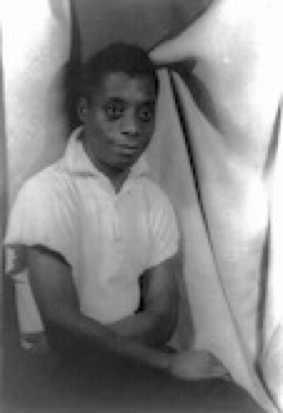James Baldwin
Literary Critique - Sonny's Blues
March/30/2016 02:45 PM Filed: Literary Critiques

Photo Credit: Carl Van Vechten
(Wikimedia Commons)
Religious Awakening and Personal Revival
James Baldwin published “Sonny’s Blues” in 1957. It was a decade fraught with racial segregation and unrest.
Sonny is a recovering drug addict with musical talent and a dream. This is his story told from the viewpoint of his older brother. As Sonny struggles to express his God-given gift, his brother doesn’t always understand the reasons behind Sonny’s behavior. Intelligent and independent, this aspiring jazz musician finds a new life awakening through his songwriting.
The street-corner revival is symbolic of Sonny’s progression into a career as a performer. He is cool and aloof and stands apart from the women praying for rescue in their amateurish gospel tunes. Sonny’s brother observes this scene with a critical delivery.
Baldwin writes, “As the singing filled the air the watching, listening faces underwent a change, the eyes focusing on something within; the music seemed to soothe a poison out of them; and time seemed, nearly, to fall away from the sullen, belligerent, battered faces, as though they were fleeing back to their first condition, while dreaming of their last.”
As Sonny realizes his musical skill, he heals and develops a style of his own. A sense of purpose guides his life, replacing the gnawing pain. He shares his gift and inspires others to seek their personal freedom and revival.